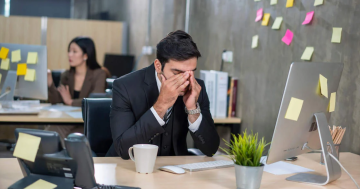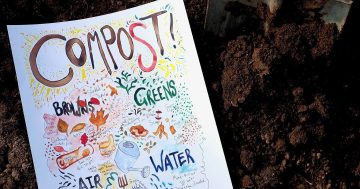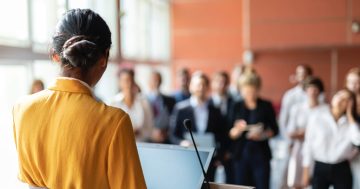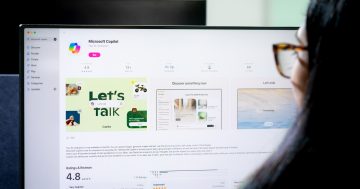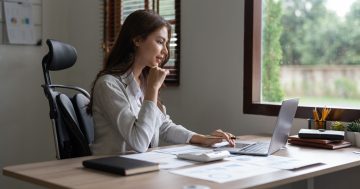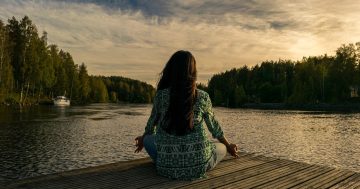Reviewed by Rama Gaind.
By Lisa Sisson, Rethink Press, $37.40.
 No organisation can afford to ignore risk, whether it comes from health or environmental threats, human intimidation such as terrorist attacks or computer viruses. It’s important we all plan for the possibility of things going wrong, but it’s just as vital to be aware – that people are the greatest defence against risk.
No organisation can afford to ignore risk, whether it comes from health or environmental threats, human intimidation such as terrorist attacks or computer viruses. It’s important we all plan for the possibility of things going wrong, but it’s just as vital to be aware – that people are the greatest defence against risk.
Risk management has become increasingly unmanageable, expensive and a distraction for many institutions, but once you understand that people are at the centre of all risk, you can move forward to empower your greatest risk management asset … your people. That’s the powerful message for an executive or leader who truly wants to minimise their organisation’s exposure to risk.
Author, speaker and founder of global risk consultancy, Unearth, Lisa Sisson is strongly driven by motivation where her mission in life and business are the same – to create a safer world.
So, what is the connection between Unearth and her new book? The main theme – in the title – says it all: Risk Starts And Ends With People. As Lisa puts it:
“Our goal has always been to demystify risk, using common language and simplifying risk in a way that connects with people and demonstrates that people are at the centre of all risk and at the centre of any business. Only by focusing on risk with, through and by your people are you going to truly solve your risk exposure and drive transformational change.”
What drove Lisa to write Risk Starts And Ends With People? Stimulating in its intent, the fervent message is palpable. The motivation to make the book a reality came from a combination of things, one of which was “how the risk management multi-billion-dollar industry seemed to create complexity, jargon and ‘smoke and mirrors’, so that clients are always on the backfoot”.
The tools and strategies outlined in the book provide everything you need to create a workplace that predicts and prevents risk by activating your greatest asset: your people.
How can that familiar expression about “people being our greatest asset” be utilised to one’s advantage? “Simon Sinek has a quote: ‘When people are financially invested, they want a return. When people are emotionally invested, they want to contribute’.”
How is taking risk a path to opportunity? “… it is about looking at risk through a different perspective. So many people fear risk, it feels like the ‘too hard basket’ with significant consequences. That means that people don’t feel comfortable to look deeper at the potential threats or vulnerabilities that create the risks. Which is why the Joseph Campbell quote resonates: ‘The cave you fear to enter holds the treasure you seek’.”
“We create the ‘safe zone’ to help organisations look deeper at their risk management strategy to see if they are just completing a ‘tick box’ or really addressing risk. The outcome provides insights and opportunities to improve and for many, innovate.”
Furthermore, Lisa said it was Unearth’s central belief that formed their method for work with clients. “Unearth’s proprietary systems, frameworks and approach have all been created around this central belief.”
The Sydney-based director is driven by a strong sense of purpose. Lisa knows creating a safer world is an ambitious plan, but is confident of its success, noting “we can’t achieve it alone”. She outlined the positives to PS News.
“We believe everyone has the right to feel safe and to live well. We envision a future where people feel safe and empowered to give their best efforts without fear of failure.” The impact would then be positive on productivity, problem solving, innovation and organisational success. That would then impact communities, starting with the individual feeling good about the contribution they are making and the ripple effect of their wellbeing on their families and loved ones, their friends, neighbours and the wider community.
“What is the point of having an easy vision that limits our aspirations? We have a clear vision. We believe everyone has the right to feel safe and to live well. We’re in business to create a movement of change. We start with what we can affect, but our desire is that our impact is part of a much bigger movement that goes way beyond our direct involvement.”


